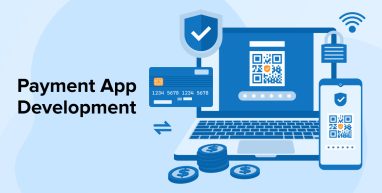
The way money is transferred nowadays is changing as a powerful effect of financial software development services. As a result of digitalization, digital payments have become more widespread, leading to a rise in interest in mobile payment app development. Cash transactions have drastically decreased as the cultural norm of online payment has spread over the world.
Mobile payment applications are popular in modern life, used for everything from supermarket purchasing to airline ticketing. As the trend toward cashless and cardless transactions continues to grow, money transfer app development is becoming increasingly useful for both online and in-store purchases. If you keep reading, you’ll find out what goes into a P2P payment app and how to make one.
1. How Does the Payments App Work?
A payment app’s underlying workings are complex, despite the app’s seeming simplicity. Despite variations in registration, privacy, and payment channels, the core concepts of payment applications remain consistent. Most peer-to-peer (P2P) payment programs provide a digital wallet feature, where money may be deposited from other payment methods.
There are two ways you can complete the peer-to-peer payments. But both sender and receiver must have a similar mobile payment application downloaded on their respective smartphones.
- In the first common method, the sender has to enter the receiver’s contact details or bank details. The next step is to enter the value that needs to be transferred. After entering the value and the security pin, the entered amount will be deducted from your electronic wallet and transferred to the receiver.
- The second way is the alternative method for P2P transactions. The sender has to enter the recipient’s credentials into the app. Therefore, the recipient receives a link and can complete the transaction solely on a web page.
When making in-store purchases with a mobile payment app, the funds are transferred in a unique way. Retailers can accept payments using either near-field communication (NFC) or quick response (QR) codes. With NFC, payment information is sent to a payment terminal through extremely short-range radio frequency. A QR code, on the other hand, has a unique ID that may be used to track down a single participant in a deal.
In the United States, the United Kingdom, and everywhere in the West, near-field communication (NFC) is the standard payment method. Apple Pay and Google Pay are two examples of mobile payment systems that utilize near-field communication (NFC) features of smartphones to complete purchases. At the same time, in the APAC area, QR code payments are widespread
Transferring funds to the payment processor, credit card company, or bank always requires sending encrypted data. This is carried out across a secure channel across the parties to guarantee the safety of the transaction. The correct figure is always subtracted from the sender’s e-wallet account and credited to the recipient’s bank account.
2. Different Types of P2P Payment Apps

Following are the different types of p2p payment apps:
2.1 Standalone Payment App
These applications are a closed system that eliminates the need for traditional financial services. Some well-known applications that operate on this concept include PayPal, Venmo, Square Cash, and Alipay. Users can transfer funds between each other using standalone services when they deposit money from their bank accounts into the app’s electronic wallet.
2.2 Bank-Centric Payment App
P2P payment apps that utilize a bank as a financial portal are known as “bank-centric payment apps.” These mobile apps may be roughly broken down into two groups:
- First the bank itself supplies the app for making mobile payments. Clear Change, Popmoney, and Zelle are three well-known P2P payment gateways that focus on the banking industry.
- Second, some banks are forming alliances with alternative payment platforms. For these types of transactions, the app’s developer takes responsibility instead of the bank.
2.3 Social Media-Based Payment Services
P2P services with a focus on social media typically include payment methods inside their main app. However, as an entrepreneur, you may want to think about making API-based products that can link to various social network profiles. For instance, Facebook’s messenger now supports in-app payments that enable users to send and receive money without ever leaving the app.
2.4 Mobile OS Payment Services
Major companies in the mobile sector have developed P2P digital payment networks. Payment systems built on in-built hardware features like NFC are what Apple Pay, Samsung Pay, and Android Pay provide their respective consumers.
3. Payment Application Architecture
Users can perform actions such as sending and receiving funds, seeing transaction histories, etc. via a web and/or mobile application.
It should have:
- A payment processing system that can confirm a user’s identity, initiate a settlement of payments, and monitor its development.
- Storage that complies with PCI Data Security Standard (DSS) standards protects sensitive information including credit card numbers and expiration dates.
It is essential for payment processing networks (such as the ACH network, SWIFT, VISA/MasterCard/American Express card networks) to receive and process payment data without any interruptions or delays for a payment app to function successfully. Direct interaction between a bank’s present payment processing system and the payment processing networks is essential for bank-based payment applications.
Banking application programming interfaces (APIs) are commonly used by other payment applications to link their payment processing system with a selected acquiring bank account, verify users’ identities and payment details, and facilitate the data’s subsequent transmission to processing networks and other banks.
When accepting cryptocurrency as payment, a payment app must connect to the blockchain networks of the supported cryptocurrencies. To simplify the integration of a P2P payment app with the essential blockchain networks, it’s better to make use of ready-to-use cryptocurrency APIs.
Moreover, the transaction fees collected by a payment app may be quickly recorded in the owner’s accounting system through integration. Data analytics systems can be integrated with the solution to facilitate the collection and analysis of payment-related information from app users.
4. Steps to Build a Payment App
Following are the steps to build a payment app:
Step 1: Discover the Market and Conduct Technical Research
As the company’s creator, it’s your responsibility to assess the market need for your offerings and develop them accordingly. To accomplish this, research the online payment industry. Examine the strategies of similar P2P payment apps and think of ways you might improve upon the payment app industry.
Since the success of a payment app depends on its privacy, incorporation of technology, and adherence to regulations, doing extensive technical research is also crucial. You need to investigate existing technology stacks and judge whether or not they can support the creation of a technically competent payment application.
Step 2: Choose the Payment App Type
Which option you go with will have a significant impact on how much it will cost to build a money transfer app.
Careful consideration of the mobile platform you will develop first can lead to smart launches and cost reductions. You can start by creating a payment gateway app for iOS customers as a beginning.
- First, you might want to avoid spending as much money to build a P2P payment app.
- Second, by targeting a narrower demographic, you may learn more about their specific needs and preferences.
- Next, create a feature set for the minimum viable product (MVP) that will allow you to launch quickly and cheaply. They should give consumers exactly what they need to take advantage of your P2P payment software.
Once you have released your minimal viable product to the public, encourage consumers to try it out and discover why it is superior to its alternatives. Since the primary objective of releasing your MVP release is to assess your idea and gather feedback from the target audience, there is no reason to create any more nice-to-have features.
In addition, the list of required capabilities will serve as a technical guide for app developers working on money transfer apps, allowing them to better meet your needs.
Better your chances of getting the payment gateway app you want by having as many features ready as possible before the money transfer app development.
Step 3: Create the Design
In this stage, you will be:
- Planning the framework for a mobile payment system.
- Making an in-depth plan for the app’s database and its many functional elements.
- Choosing methods for coordinating interactions between app parts.
- Covering safety and legal options by providing the best feature set for a successful payment app.
- Individual users, business users, and app administrators are all targeted during the design process.
- Understanding the app’s target audience’s habits requires UX research.
- Detailing how users will engage with the app, and designing user-friendly wireframes and content layouts.
- Interface prototyping.
- Creating mockups of the app’s user interface and designing its look and feel.
- Offering a strategy for connecting your payment app to the necessary payment processing networks and recommending the best possible pre-built integration solutions (specific open banking APIs, crypto APIs, etc.).
Step 4: Build MVP Features
Instead of releasing a fully-featured program into the wild, it is wise to gauge user interest using a minimum viable product (MVP). At this point, app developers are hard at work writing code, integrating new technologies, and doing tests to ensure a fully working program.
In order to link a payment app to various cloud providers, developers often need experience with API connection. Popular fintech innovations that underpin the payment method include blockchain and artificial intelligence.
In short, repetitive “sprints,” developers seek to fix issues and make changes to the app based on feedback from app users. User participation in the MVP testing process is also crucial. Their input is essential for making sure the app is on the correct track.
Step 5: Tech Stack Selection
Whether you go with a web, hybrid, or native app greatly affects the technologies you’ll need to support it. Choose a stack that achieves your goals at a reasonable price when developing a payment app for a small business. Free and open-source software may be a great choice for many projects. In addition, choose an iOS or Android mobile operating system, and then make your tool choices accordingly. You will require software for alerts, digital wallets, invoicing, bill sending, one-time password (OTP) generation, ID creation, and financial transactions.
Step 6: Payment Application Implementation
Development
- Building automated ecosystems for development and delivery (continuous integration/continuous delivery, container orchestration, etc.).
- Making a payment app’s server code. Creating customized user experiences based on certain job functions.
- Making the database PCI DSS compliant.
- Conducting unit tests while you code.
Integration with Required Systems
- Mobile banking payment applications integration with banks.
- Integration of other payment applications with the necessary banking APIs and/or cryptocurrency APIs.
Quality Assurance
- Making a plan for testing, creating test cases, and making a checklist.
- Producing and potentially executing automated test scripts.
- Testing both the functionality and the non-functional aspects of the product.
- Repairing defects discovered in testing.
Deployment
- Setting up the database, storage, and backup for the money transfer software.
- Putting in place DDoS protection algorithms, firewalls, intrusion detection systems, intrusion prevention systems, and other infrastructure security technologies.
- The release of the payment system into widespread use.
Step 7: Launch & Improve Constantly
Release your payment app with confidence, but keep an eye out for bugs. Keep an eye on metrics and user comments to pinpoint malfunctions quickly. Even if you’ve fixed all the major bugs in the app, it’s important to keep making updates to keep up with user preferences. Have regular conversations with your developers about updating or adding functionality to satisfy market needs.
5. Must-have Features for Payment App
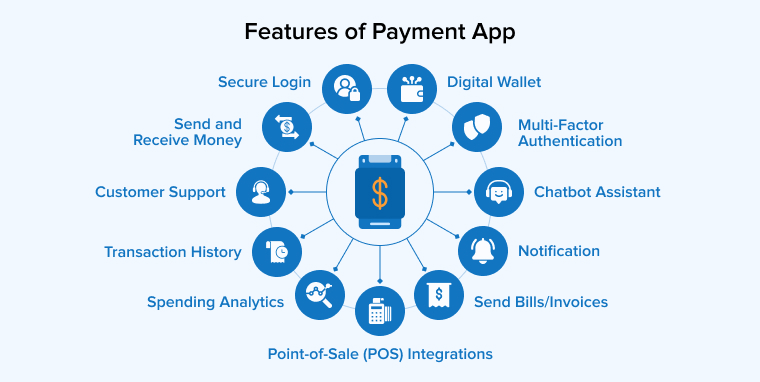
Here are some basic features of payment gateway apps that should be kept in mind during P2P payment app development:
5.1 Secure Login
In addition to traditional login options like email and passwords, can offer biometric authentication techniques, including fingerprint or face recognition. Any app dealing with money should use two-factor authentication.
5.2 Send and Receive Money
Users can send money that can be accommodated by their electronic wallet. They can also receive funds sent to them by other users.
5.3 Digital Wallet
Digital wallets allow customers to save, move, inquire, withdraw, and add money to their accounts.
It is essential to integrate VISA and Mastercard payment tokenization services, as both of these payment card carriers include the majority of global nations and financial institutions. These services also offer unique functions and offers to the app’s consumers. FinTech industries have proven that P2P app development is the best approach.
5.4 Point-of-Sale (POS) Integrations
By integrating with POS systems, payment apps can help businesses get paid. Customers may make purchases without touching the screen when the point-of-sale system and the payment app support QR code scanning.
5.5 Spending Analytics
In order to better prepare for financial obligations, users can look back at their spending habits over a given time period. The Saving Goals and Cashback features of certain mobile payment apps are great for nudging users toward more economical shopping habits.
5.6 Transaction History
Some of the most valued aspects of fintech are its ease of use and the clarity it brings to financial transactions. Transaction history allows users to look back on past purchases, and creating digital receipts that can be shared with friends within the payment app or via email is a must for mobile payment app development.
5.7 Send Bills/Invoices
Consumers of a mobile payment application primarily carry out two actions: transferring money and requesting that other users pay them. Because of this, a reliable payment gateway that can process transactions quickly and safely is an absolute must for your mobile payment app development.
5.8 Multi-Factor Authentication
Payment gateway apps use one-time passwords, personal identification numbers, and biometrics to protect against misuse. This safety token also prevents unintended monetary transactions.
5.9 Notifications
This is an approach that benefits both you and your payment gateway app. To begin, you may announce new information like updates, versions, offers, and deals. Second, customers may be updated on their account deposits, withdrawals, and balance changes.
Customers will remain happy and loyal users as long as you give them the option to select the types of push notifications they receive in the settings.
5.10 Chatbot Assistant
When utilizing your app, people may want immediate assistance. A chatbot provides instantaneous answers to customer inquiries through the use of virtual assistance.
5.11 Customer Support
When users have issues with the app’s functionality, whether they are technical, transactional, or otherwise, they may turn to a chatbot powered by AI and a knowledge library for assistance.
6. Cost of Payment App Development
Mobile payment app development costs are often best estimated once a thorough understanding of the solution’s intended functionality has been established. Building reliable and secure software for transferring money takes time and expertise. That’s why the price tag is generally so high.
Different methodologies and development team members can affect the cost of payment app development, such as,
| Roles | Number of individuals | Hourly fees |
|---|---|---|
| SME(Subject Matter Expert) | 1 | 50$/Hr |
| Product Owner | 1 | 35$/Hr |
| Solution Architect | 1 | 35$/Hr |
| BA | 1 | 25$/Hr |
| UI/UX Designer | 1 | 23$/Hr |
| Cross Platform mobile developer | 2 Sr. | 30$/Hr |
| Back end developers | 2 Sr. | 30$/Hr |
| QA | 1 – 2 Sr. | 25$/Hr |
One way to save money and get access to talented programmers quickly is to hire a remote staff. Foreign programmers can provide lower rates without sacrificing quality. You won’t have to spend as much money filling open positions because of the local labor scarcity.
7. Challenges of Payment App Development
Following are the challenges of payment app development:
7.1 Fraud Risks
Users’ private details as well as sensitive financial data stored in online payment applications are vulnerable to fraudulent attacks. The possibility of illegal access is a deal breaker for some who use P2P payment programs to store thousands of dollars. For secure payment app development, developers should employ cloud security and the best standards for encoding, programming, and authentication systems to ensure the protection of users’ personal information and financial transactions.
7.2 Compliance with Regulations
Every new feature added to the app must satisfy all applicable laws and regulations. For instance, the PCI Data Security Standard (DSS) must be followed by any payment applications that store or transmit credit card data. Payment apps that facilitate financial transactions have an additional obligation to prevent money laundering by adhering to KYC guidelines like FinCEN’s Customer Due Diligence requirement.
7.3 Growth Bottlenecks
After a successful launch, interest in the product spikes, and the number of users grows at an exponential rate. If you don’t design your payment app to scale, it will have service outages, be unpredictable, and have a high attrition rate.
Make sure your program can handle more users in the future by using a modular design with cloud services, technology building blocks, and microservices. To relieve the strain on the main payment system, we should implement a supplementary financial computation module.
7.4 Scalability Challenges
It’s important to design P2P payment programs with growth in mind, as their user bases tend to explode soon after launch. Applications that don’t plan for expansion are more likely to experience technical difficulties and interruptions in service. With the help of cloud computing and code that is both efficient and scalable, you will be able to meet the rising demand.
7.5 Technological Gaps
Building a peer-to-peer (P2P) payment app is a collaborative endeavor requiring knowledge in several areas of computer science. It’s not something you can outsource to an individual developer but rather needs a dedicated development team of experts. E-wallets, blockchains, ciphers, APIs, data warehouses, and other cutting-edge technologies are just some of the components that make up a payment app’s many interconnected parts.
8. Conclusion
Here we discussed all you need to know to create a peer-to-peer (P2P) payment app. Digital payment app launches are complex endeavors that benefit from having a skilled development partner. Considering the explosive growth of the fintech business, you should seize any chance that presents itself.
We at TatvaSoft have seen comparable results for our clients before, and we think we can get them for you, too. Contact us now to commence the mission.


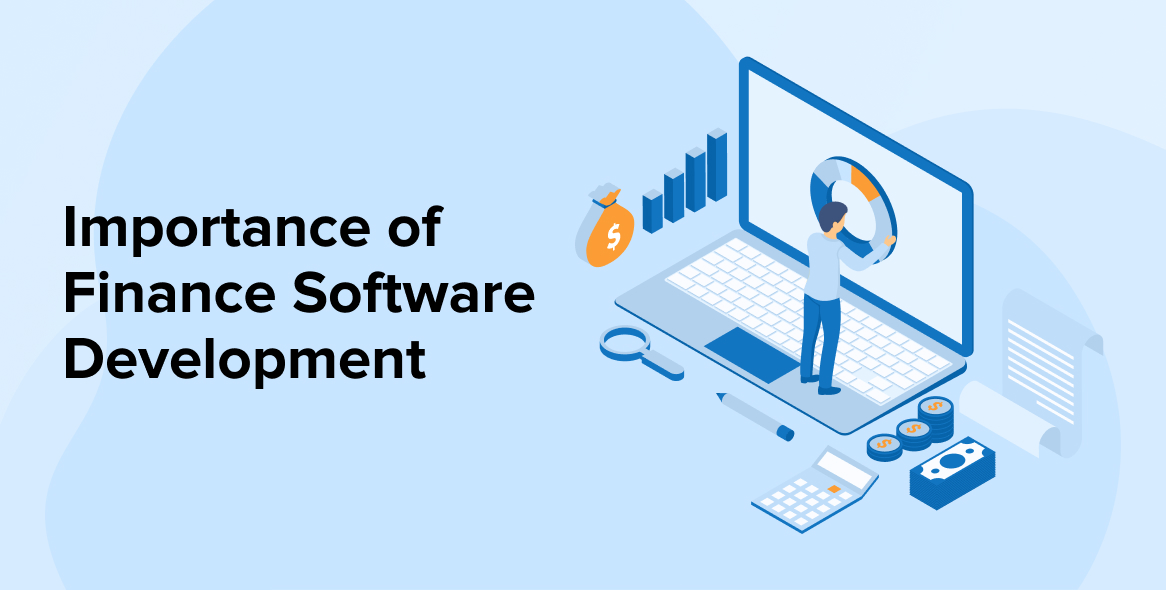
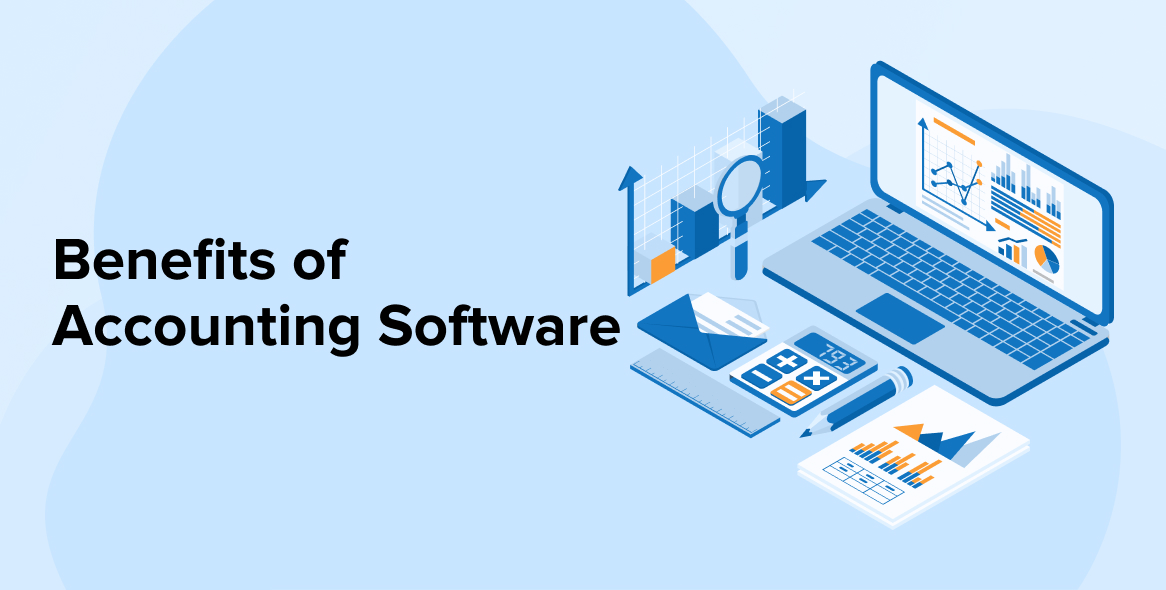
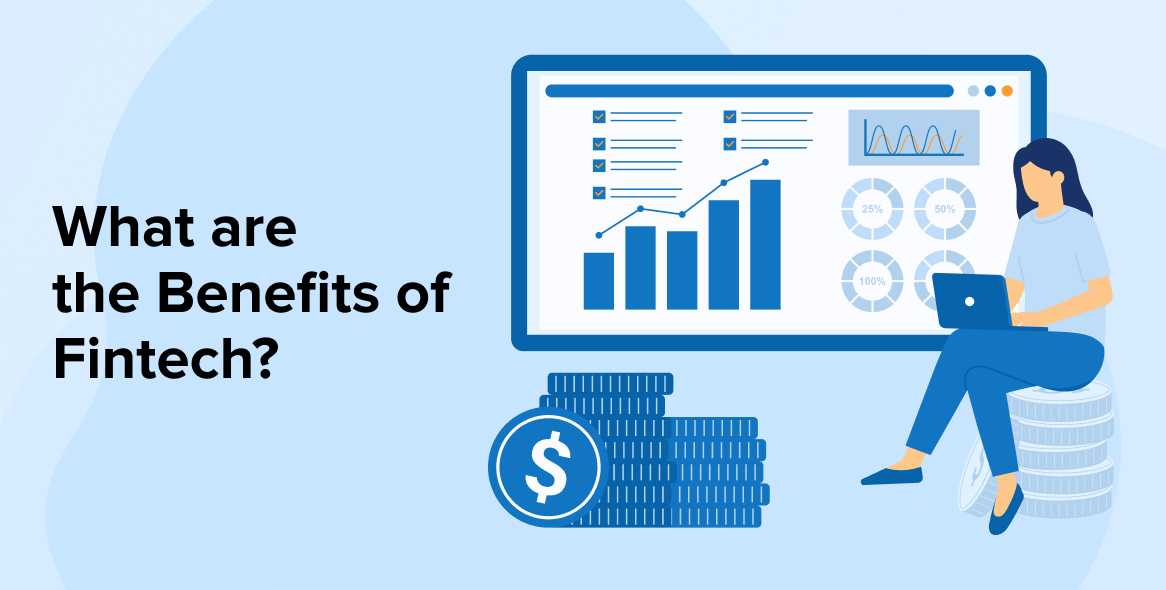

Comments
Leave a message...